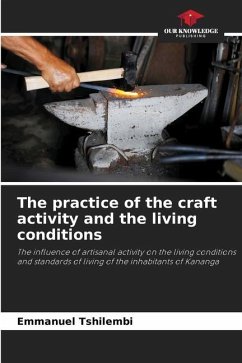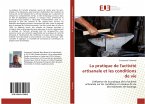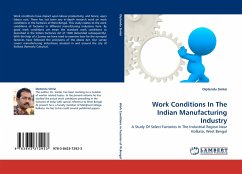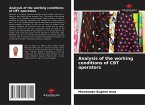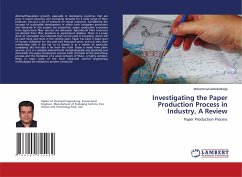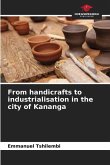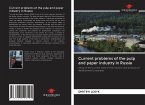The practice of handicrafts, a source of income for the unemployed and the idle, can help improve the living conditions and standards of the inhabitants of the city of Kananga who engage in it and change their behavior. It is true that the city of Kananga is in a state of deep degradation. The lack of water, electricity and road infrastructure has discouraged private investment and caused a brain drain and capital flight. In order to survive, the inhabitants have developed several mechanisms to fight against poverty, including the practice of handicrafts. Once they arrived in the city in 1993, the displaced people, known as refoulés from Katanga, seeking to integrate into the dynamics of the most able to survive, revitalized the practice of artisanal activity. This means that today we can conduct an in-depth research on the practice of artisanal activity and the improvement of living conditions and standards in Kananga. The interest of such a study is first of all at a theoretical level: to make known and apply a body of scientific knowledge of socio-economic progress.
Bitte wählen Sie Ihr Anliegen aus.
Rechnungen
Retourenschein anfordern
Bestellstatus
Storno

